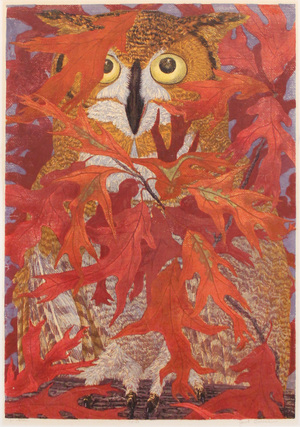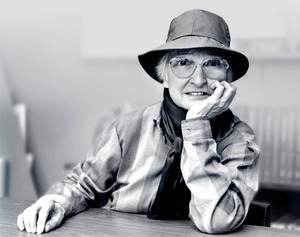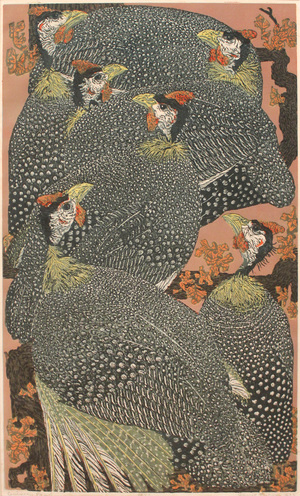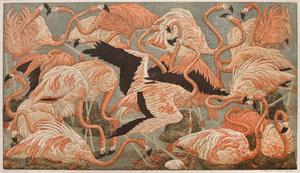Janet Turner: Second Nature

Janet Elizabeth Turner (1914-1988), was a master printmaker, naturalist and art educator. The large body of work brought together for this exhibition is a testament to her legacy as an important American artist and technician with a keen eye to the endless beauty and bounty of the natural world. Turner’s work also reflects her work as an environmentalist and close observer of flora and fauna in their natural habitat. Each detailed and carefully created print or painting reveals the beauty of the natural world teaming with life, color and form. The variety of printmaking techniques on view demonstrates Turner’s mastery of serigraphy, linocut, engraving, aquatint, and lithography. The range of color and complexity of each print often entails multiple printmaking processes on a single print.
Turner was born in Kansas City, Missouri and developed an early love of the outdoors through nature studies and high school botany classes. She began her studies at Stanford University biology, later switching to history of the Far East. During a trip to the Orient in 1936, she became interested in Eastern printmaking. From 1937 to 1941 she studied painting at Kansas City Art Institute with Thomas Hart Benton and printmaking with John DeMartelly. Millard Sheets and Henry McFee were influential teachers at the Claremont Graduate School in California where she earned an M.F.A. degree in 1947. Turner studied silkscreen and serigraphy with Edward Landon and eventually earned a Ph.D. in education from Columbia University Teachers College.


After teaching at Girls Collegiate School in Claremont, California for five years, Turner moved to Nacogdoches, Texas in 1947 to teach art at Stephen F. Austin State College. During her years in Texas, 1947-1956, she began to work with multiple linoleum block prints of which Bulldogging Stock (1949) and Calf Auction Lot (c. 1948) are early examples. Guinea Fowl (1952) and Egg of the Flamingo (1953) demonstrate the complexity of full-frame composition she achieved with color lithography in the 1950s. The stunning serigraph, Night Watcher (1955) is said to have been created as a response to the close scrutiny she received as a female faculty member. Turner’s work was included the Metropolitan Museum of Art (MoMA) American Painting Today, in 1950, and Watercolors and Prints at the MoMA in 1952.
In 1959, Turner accepted a teaching position at California State University at Chico, where she continued to teach until her retirement in 1983. She was named an “Outstanding Professor” in the California State University system in 1975. A Guggenheim Fellowship supported Turner’s experimentation combining linocuts and serigraphy as seen in the large subtly-colored print Wintering Snow Geese (1968). California Gulf Coast flora and fauna continued to be the primary subject of her prints throughout the remainder of her career.
During her prolific lifetime as an artist, Turner had over 200 solo exhibits on 6 continents. Janet Turner’s work may be found in the collections of the MoMA, New York; Philadelphia Museum of Art, Pennsylvania; Cleveland Museum of Art, Ohio; San Francisco Museum of Art, CA; Benzalei National Museum, Jerusalem; Bibliotheque Nationale, Paris; Victoria and Albert Museum, London; Society of Wildlife Art of the Nations, Gloucester, England; Portland Museum of Art, Oregon; William Rockhill Nelson-Atkins Museum of Art, Kansas City, Missouri; Dallas Museum of Art, Texas; and the National Museum of American Art and the Smithsonian Institution, both in Washington, D.C. California State University at Chico houses the Turner Print Museum and awards an annual Turner Prize in printmaking in her honor.
